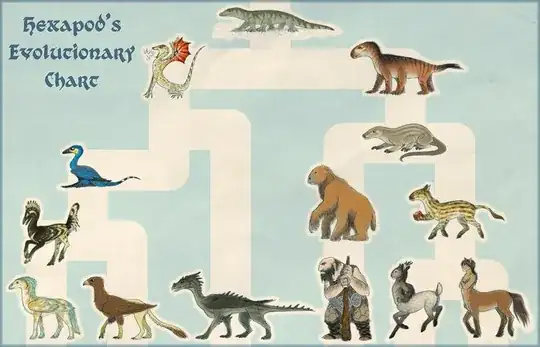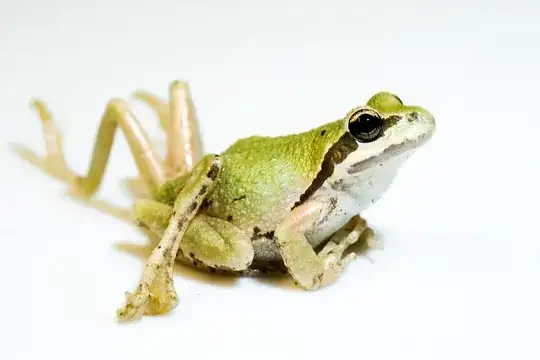Background
For a pair of games I am working on, I'm trying to work in a VERY basic evolutionary timeline for a lot of the more mythical creatures to set up design language of some of the creatures. This timeline will give me an idea of which creatures are related to which in order to help guide the design process of each game world as I go forward. The two settings are very different, but have a similar problem that just have different means of getting to similar end results.
The problem
Winged quadrupeds are something that don't really exist in our world (some avian dinosaurs may have walked with their wings, but I don't count them as quadrupeds.) As has been pointed out in multiple questions on the topic of flying quadrupeds, evolving extra limbs is a very expensive and unlikely event. Having it happen multiple times for different animals would be even stranger.
Solution
So, instead of making each one have their own separate events where something evolved the extra pair of limbs, I thought I'd make it so they had a smaller number of evolutionary ancestors shared by multiple creatures that are similar enough (gryphons and hippogryphs and giving dragon-like creatures shared evolutionary ancestors, etc.)
For one of these game worlds, there will be centuries worth of strange magic saturating the world that will have the side-effect of speeding up evolution to the point of millions of years worth of evolution happening every century, so mutations like this are at least more likely for that one. Humans will have been in a magical slumber to hide from the effects of this magic, returning to find their world much different. The other game's setting is a far older planet than our Earth, having far more time for such creatures to evolve before intelligent life came to be.
The question
Going down that path for the solution, would it be more likely/logical for a flightless quadruped to evolve extra limbs that would eventually become wings? Or for a bipedal flying creature to grow an extra pair of legs/claws?
I should note that I am looking for answers that work for both worlds. The magical side-effects mentioned for one of the worlds is more of a catalyst to speed things up so I can have humans wake from their slumber and still find some serviceable infrastructure among the ruins of the old world (though there will be some mutations that are strictly magic in nature like elemental imbuements, they are not relevant to this particular question.)
EDIT: I suppose a better way to ask this is which of the two body plans (bipedal avian or quadruped) would benefit more from the additional limbs/wings?


A better way to Ask this might be what world are you building where local conditions don't make it obvious which body plans would work best?
I don't know of a real flying quadruped and the only fictional example I remember is in https://www.google.com/search?q=high+couch+of+silistra+pdf&rlz=1C5CHFA_enGB779GB779&sxsrf=ALeKk01_cM144o8pXLtaGe1cawA2x6KZ9A:1602623088534&source=lnms&tbm=isch&sa=X&ved=2ahUKEwiX_ZmfvLLsAhUfUBUIHak_C3MQ_AUoAXoECAsQAw&biw=1488&bih=904 and so what?
In any case, how is this not solely the author's task?
– Robbie Goodwin Oct 13 '20 at 21:05On the time-scale of evolution, where is it written that six legs were ruled out by body-plans?
Further, this is world-building, not bio-archeology. Don't you think the point is to imagine the critter then build a world to house it?
– Robbie Goodwin Oct 16 '20 at 23:59Who asked about critters with exoskeletons or insect-like respiratory or circulatory systems, or about Earthlike atmospheres?
But I know you misunderstood and you’re now contradicting yourself. Oops!
My Comment aimed to point out it's not the number of limbs that's the problem. Evolution could have given rise to critters with 6 limbs - or 8, 10, or what.
You, JamesQF, tried to rule out insects. I see them as the same as six limbed… don't you?
– Robbie Goodwin Oct 23 '20 at 20:56